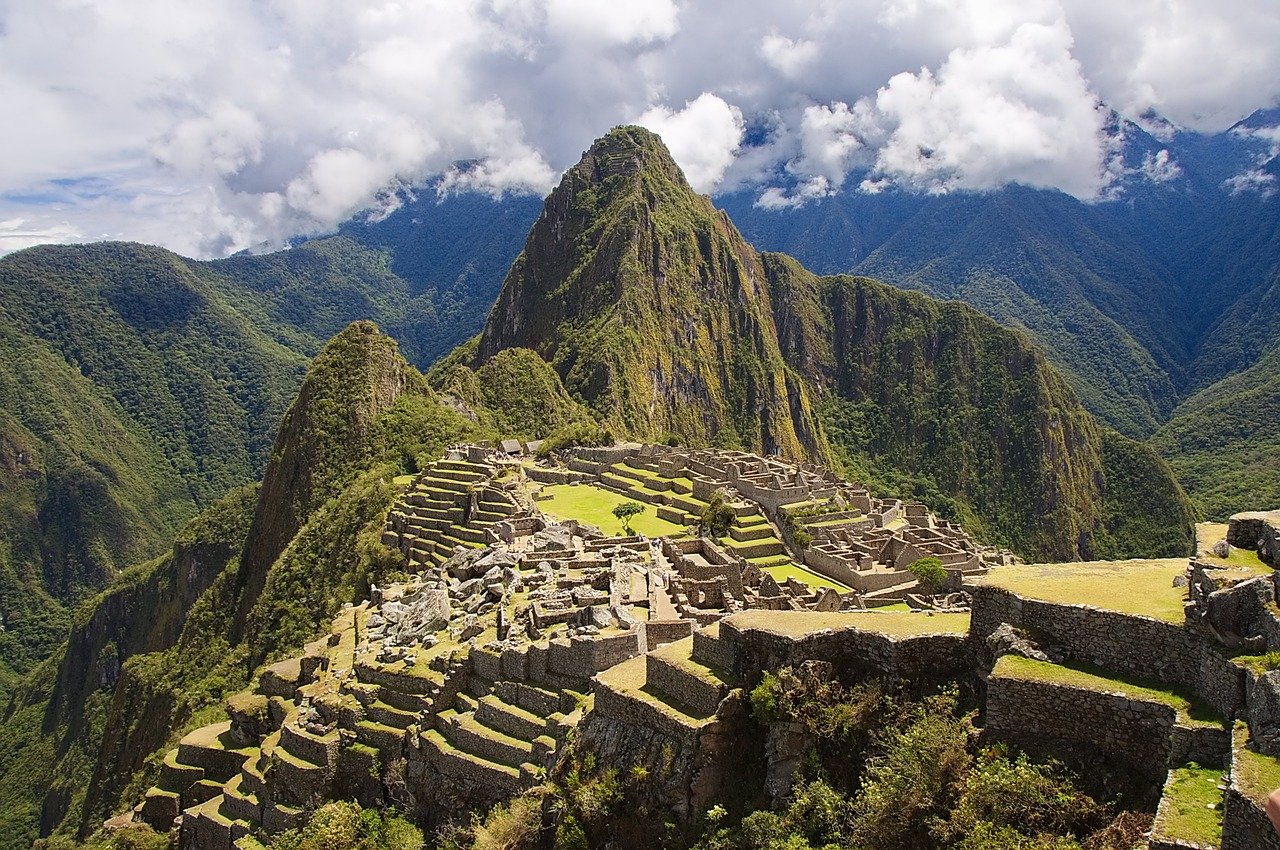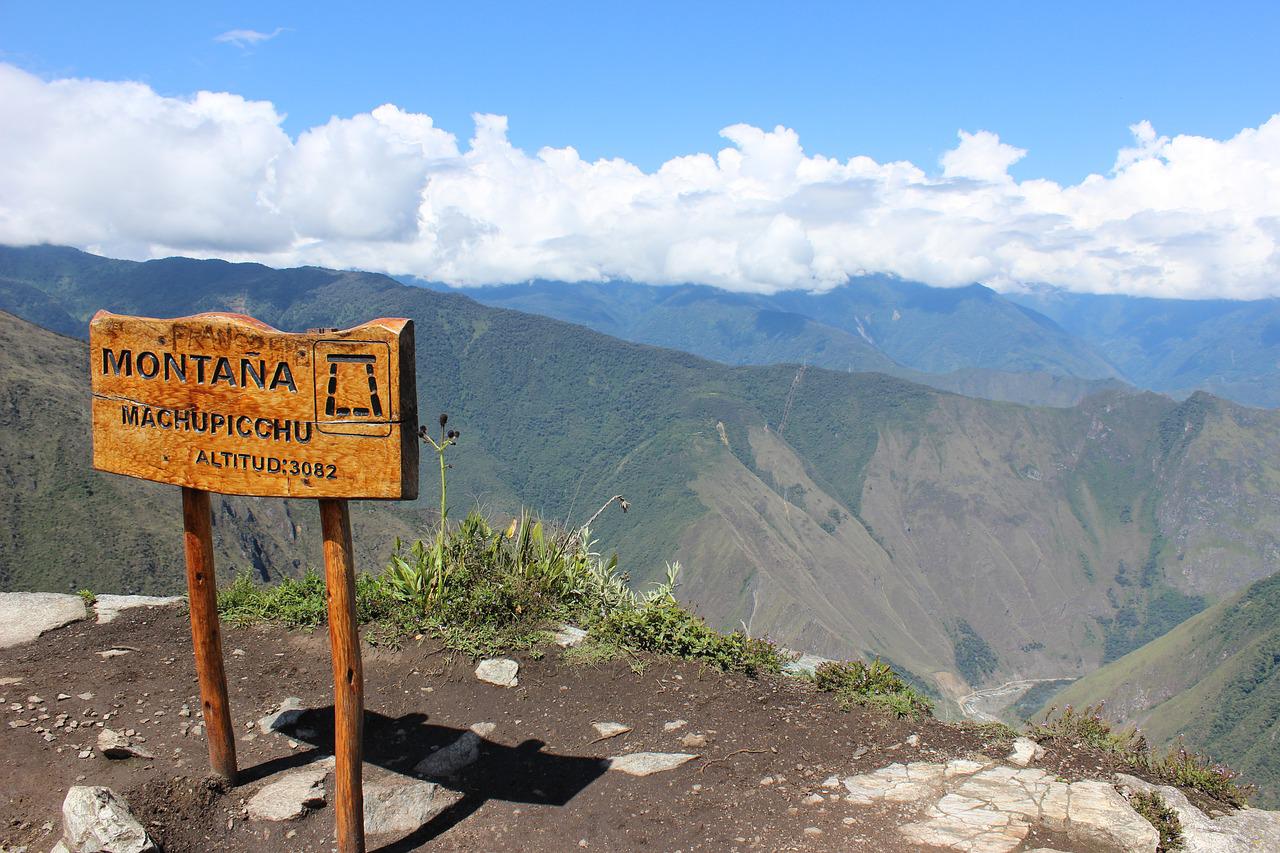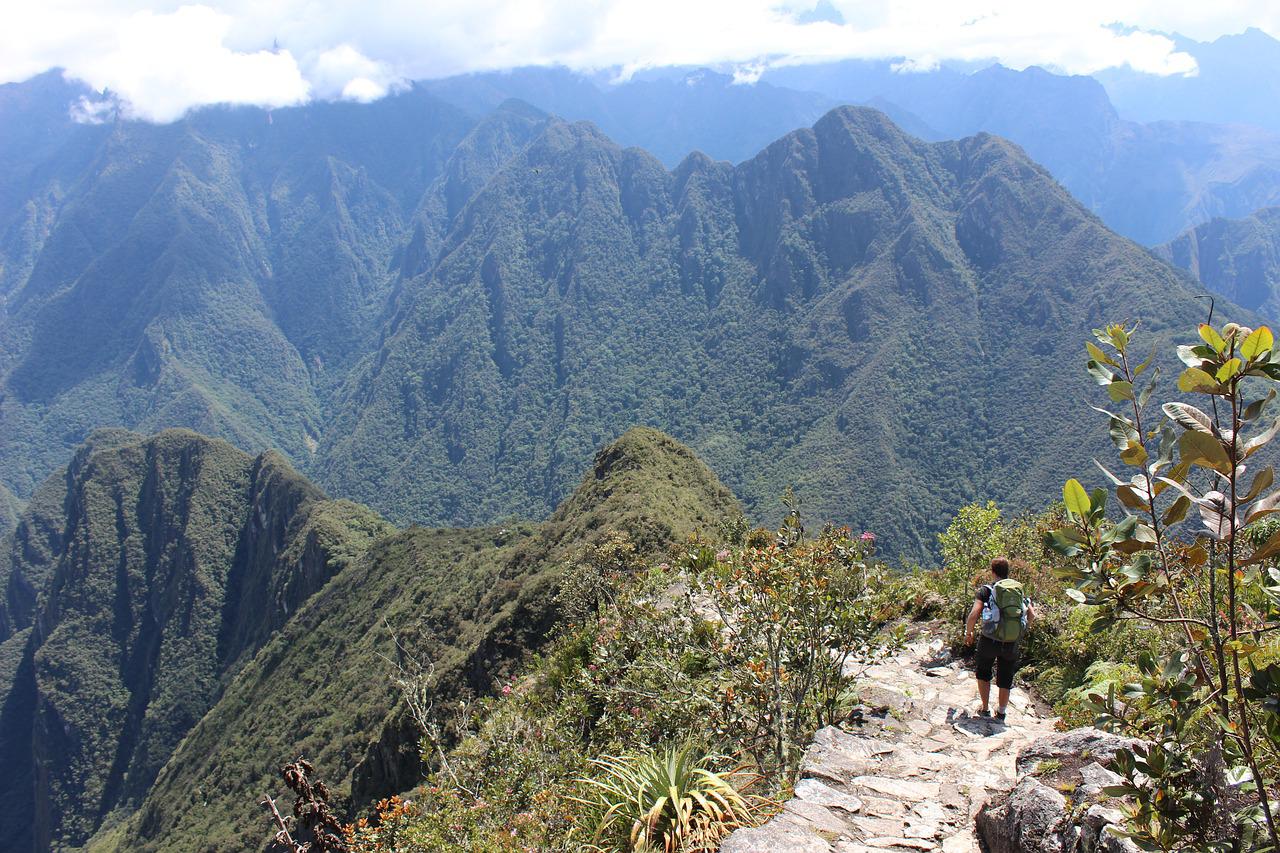New rules to protect this sacred site means that a visit to Machu Picchu has to be planned long in advance, and all rules should be noted as it could scupper your chances of entering (or staying entered) even if you do have a ticket. Here is what you need to know to enjoy your trip to the max.
What to Expect
Scenery that is as likely to take your breath away as the high altitude! There’s 20 per cent less oxygen at Machu Picchu, so acclimatising before your trip is advised as is understanding the new rules and restrictions.
Post-pandemic the heritage site decided that it was a great opportunity to bury its murky past of mass-tourism and the negative impact it had on the local environment as well as it’s reputation.
Numbers of visitors are restricted to varying degrees both on the many trails and on the site itself. Here are the important things to know:
- No tickets are on sale at the gates – they must be purchased in advance.
- Purchase online is the easiest option but it will help to know a little Spanish.
- Purchasing in person (only worth it if arriving in Peru on a longstay trip) will require a decent knowledge of the language.
Tickets for a tour generally include the entry price for the Citadel.
Tickets are available only for designated time slots between 6am and 2pm (don’t panic, it is open until 5pm, that is just the last entry slot)
Tickets are now only applicable to the routes and areas you want to explore, and the number of tickets available per day are at time of publishing as follows
- Machu Picchu Citadel – 2100
- Machu Picchu Mountain – 400
- Huayna Picchu Mountain – 200
- Huchuy Picchu Mountain – 200
- Standard Inca Trail – 350
- Short Inca Trail – 150
You can purchase combined tickets, but again due to restricted numbers at any one time the more complex your time here the further in advance you should book.
Another change to the rules including the route you take through the Citadel – you can no longer just wander about, you have to choose just one designated route and stick to it. There are 4 to choose from so do your research carefully.
There are a lot more guards on the site, so don’t flout the rules as you will be invited to leave if you are caught. These include:
- No food (water bottles are allowed)
- No drones
- No tripods or selfie sticks
- No wild wees
- No large backpacks – if you arrive with one you’ll have to leave it at the entrance
The three most important things to know are:
1. There is NO RE-ENTRY! Once you are out of those gates, you are not going back in.
2. There are no toilets beyond the entryway – so remember to go before you go in because you won’t be allowed back in if you want to pop back out for a pee.
3. Take your passport – you won’t get in without it, not even a photocopy or digital image will do.
When to visit Machu Picchu
June may officially be the start of the winter in Machu Picchu, but not only is it the driest time of the year to visit, the temperature in the day is comfortable enough to hike to your heart’s content through this beautiful landscape. That said, it is also the start of the busy season so you may find it trickier than before to get a ticket now that the numbers are limited. General consensus however is to avoid July and August if at all possible as it is the busiest time of the year.
The time to avoid Machu Picchu for sure is between November and March when the downpours are huge. It also impacts visibility, and that will definitely feel like one wasted trip of a lifetime! Be warned that mists and fog can appear any time of the year, so the drier the conditions are meant to be, the better.
How to “do” Machu Picchu
You can arrive by bus, you can arrive by train or you can hike. As we have a passion for action and adventure the latter is the option we’d whole heartedly recommend.
Treks to Machu Picchu vary between 1 and 12 days taking visitors along the Inca Trail, the Alternative Inca Trail (aka Salkantay), or the Mountain Lodges Route.
Travel Safety in Machu Picchu
Common sense will see you through – pack plenty of water and sunscreen and be mindful of opportunistic pickpockets!
Beyond Machu Picchu and the Inca Trail, especially in Cusco and Lima you’ll need to be more vigilant, and make sure you have travel insurance that covers you in the event of theft as there has been a high number of unscrupulous taxi drivers forcing passengers to withdraw large amount of money at ATMs. Never get in an unregistered taxi, and try to order by phone rather than hail if you need one.
Specialist Travel Insurance for High Altitude Treks
Altitude could also bring problems, but not just in terms of sickness – did you know that trekking at altitude is something not usually covered by standard travel insurance policies? With Machu Picchu standing at 2,450m above sea level and nearby Cusco (your entryway to Machu Picchu by air and by train) 3,400m you need to be sure that you get the cover you need on your policy – make sure to ask your longstay travel insurance specialist if your policy covers you for what you plan to do!



